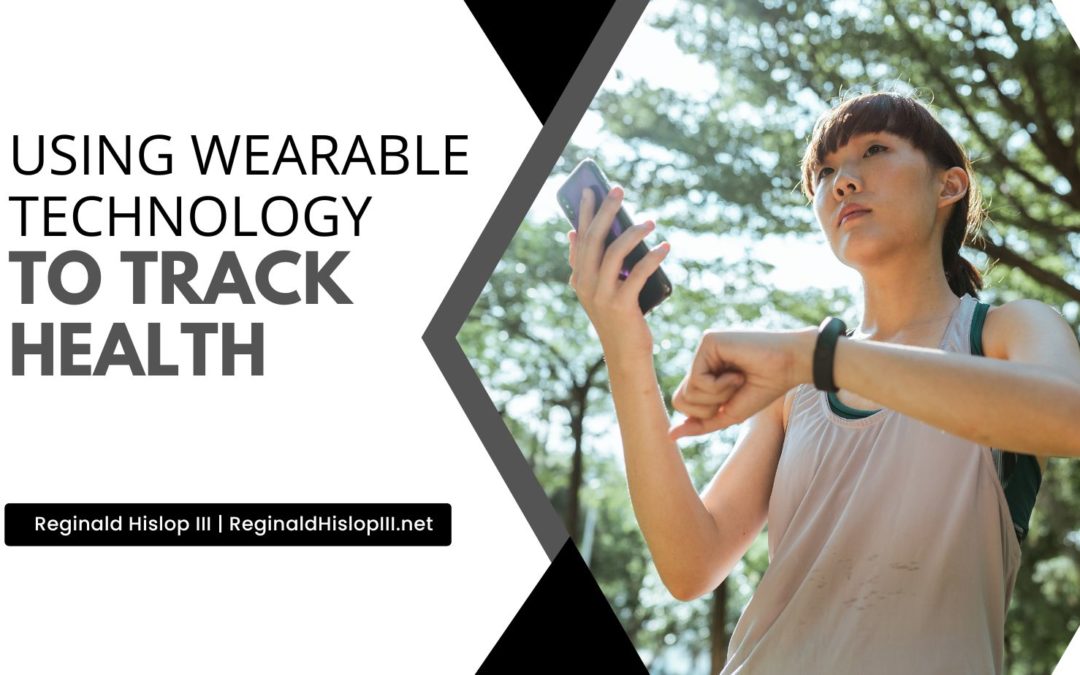Wearable technology has recently gained popularity, particularly in the health and fitness industry. Technological advancements have enabled the tracking and monitoring of various aspects of one’s health using wearable devices. These devices come in watches, wristbands, clothing, and smart glasses. Check out the benefits of using wearable technology to track health, the types of technology available, and how to get started!
Benefits of Using Wearable Technology to Track Health
There are several benefits to using wearable technology to track health. One of the most significant benefits is allowing individuals to monitor their health in real-time. Wearable devices can follow various aspects of health, such as heart rate, steps taken, calories burned, and sleep quality. This information can help individuals make informed decisions about their health and lifestyle.
Another benefit of wearable technology is that it can motivate individuals to be more active. Many wearable devices have built-in reminders encouraging individuals to move throughout the day. This can be particularly helpful for individuals with sedentary jobs or struggling to stay active.
Finally, wearable technology can provide valuable data to help make informed healthcare decisions. By tracking health data over time, individuals and their healthcare providers can identify patterns and make informed decisions about treatment options.
Types of Technology Available
There are several types of wearable technology available that can be used to track health. Some of the most popular options include:
- Smartwatches: Smartwatches are one of the most popular forms of wearable technology. They can track various health metrics, such as heart rate, steps taken, and calories burned. Many smartwatches also have built-in GPS, which can track outdoor activities such as running or cycling.
- Fitness Trackers: Fitness trackers are similar to smartwatches but are focused solely on tracking fitness metrics. They are generally more affordable than smartwatches and can track metrics such as steps taken, calories burned, and distance traveled.
- Smart Clothing: Smart clothing is a relatively new form of wearable technology. It consists of clothing items with sensors embedded to track health metrics such as heart rate, respiration, and movement.
- Smart Glasses: Smart glasses are a new form of wearable technology designed to be worn like traditional glasses. They can track health metrics such as heart rate, steps taken, and calories burned.
Getting Started with Wearable Technology
If you are interested in using wearable technology to track your health, there are several things you can do to get started. First, decide what type of wearable technology you want to use. Consider your budget, goals, and lifestyle when making this decision.
Once you have chosen your wearable device, it’s essential to read the instructions carefully and set it up correctly. This may involve downloading an app or syncing your device with your phone or computer.
Finally, using the wearable device regularly and reviewing the data it collects is essential. This can help you identify patterns and make informed decisions about your health.
In conclusion, wearable technology can be a powerful tool for tracking health. It provides real-time data that inform the wearer of health patterns or occurrences and motivate individuals to be more active. With several types of wearable technology available, choosing the best suitable device for your needs and using it regularly to maximize its benefits is essential.

